Subject
- #News Plaza
- #K-content
- #July
- #Places in the Video
- #Travel
Created: 2024-07-26
Created: 2024-07-26 10:24
KBS News Plaza video in the 4th week of July featured many beautiful spots wherelotus flowerswere in full bloom, fitting for the summer season.
It seems like a good idea to take a day trip to see lotus flowers near Seoul.
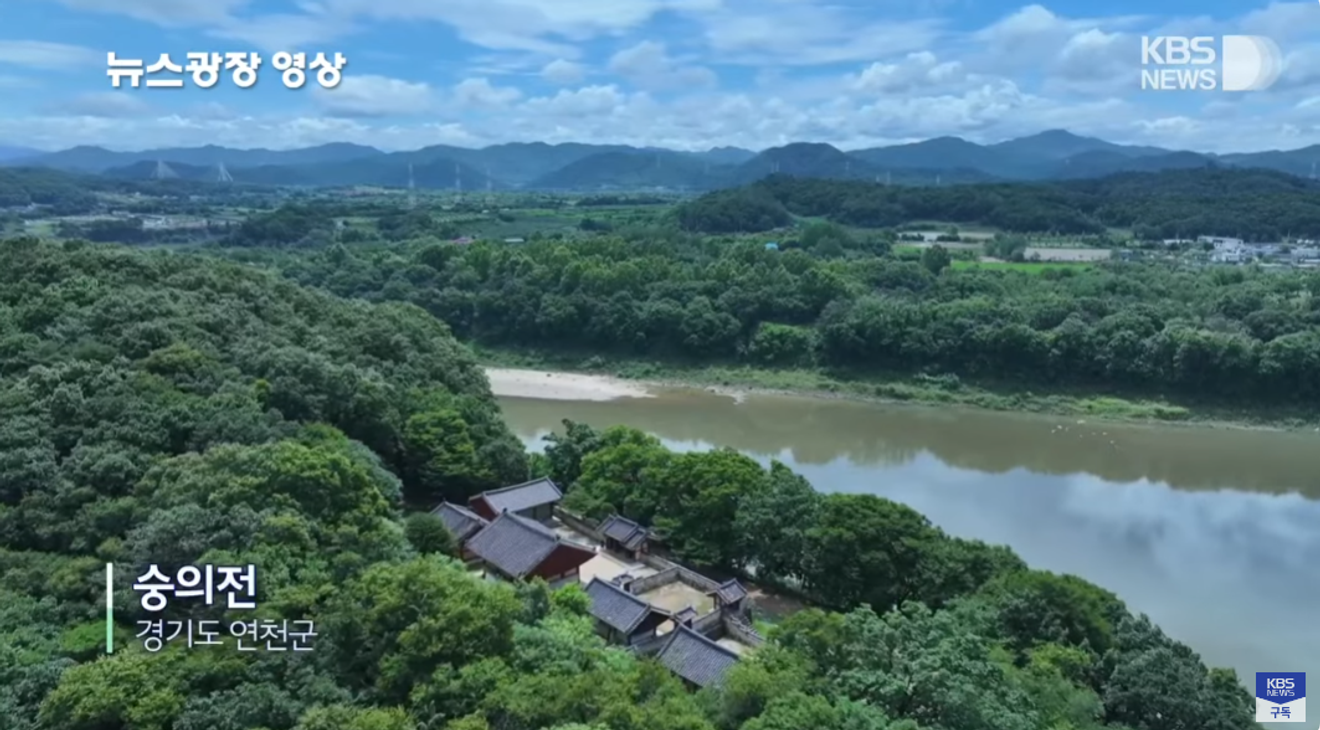
Source: KBS
Great figures of Goryeo remembered even in the Joseon Dynasty
This shrine housed and honored the memorial tablets of the kings and loyal ministers of the Goryeo Dynasty during the Joseon Dynasty.
Built on the site of Angamsa Temple, which was the founding temple of King Taejo Wang Geon of Goryeo, Sunguijeon Shrine is more than just a simple shrine.
It is also a significant historical site that reveals how the Joseon Dynasty treated its predecessor.
Honoring the great figures of the Goryeo Dynasty at Sunguijeon Shrine
Initially, only the memorial tablet of King Taejo Wang Geon was enshrined, but gradually, the tablets of eight Goryeo kings were also enshrined,
showing respect for the Goryeo Dynasty. However, during the reign of King Sejong of Joseon, the number of kings to be enshrined in Jongmyo Shrine was limited,
leading to a decrease in the number of kings enshrined at Sunguijeon Shrine.
Despite this, the Joseon Dynasty also enshrined the memorial tablets of 16 loyal ministers of Goryeo, demonstrating its respect for the Goryeo Dynasty.
In particular, the Joseon Dynasty showed special interest in the descendants of King Hyeonjong of Goryeo, bestowing upon them the title of 'Sunrye' and appointing them as 'Busas' to oversee the sacrificial rites.
They showed a particular interest in them.
Rebuilt after being destroyed in the Korean War, reviving history
Sunguijeon Shrine underwent several renovations during the Joseon Dynasty, but unfortunately, it was completely destroyed by fire during the Korean War.
Fortunately, it was designated as a Historic Site in 1972 and was rebuilt in 1973,
and now boasts various ancillary structures, including the main shrine building (Sunguijeon), which is 3 bays wide and 3 bays deep, as well as the Baesincheong and Iancheong buildings.
Sunguijeon Shrine in Yeoncheon is not merely a place to commemorate the figures of the Goryeo Dynasty, but also a valuable space for understanding the flow of Korean history
and learning from the wisdom of our ancestors.
Why not visit Sunguijeon Shrine and experience history in its tranquil atmosphere?
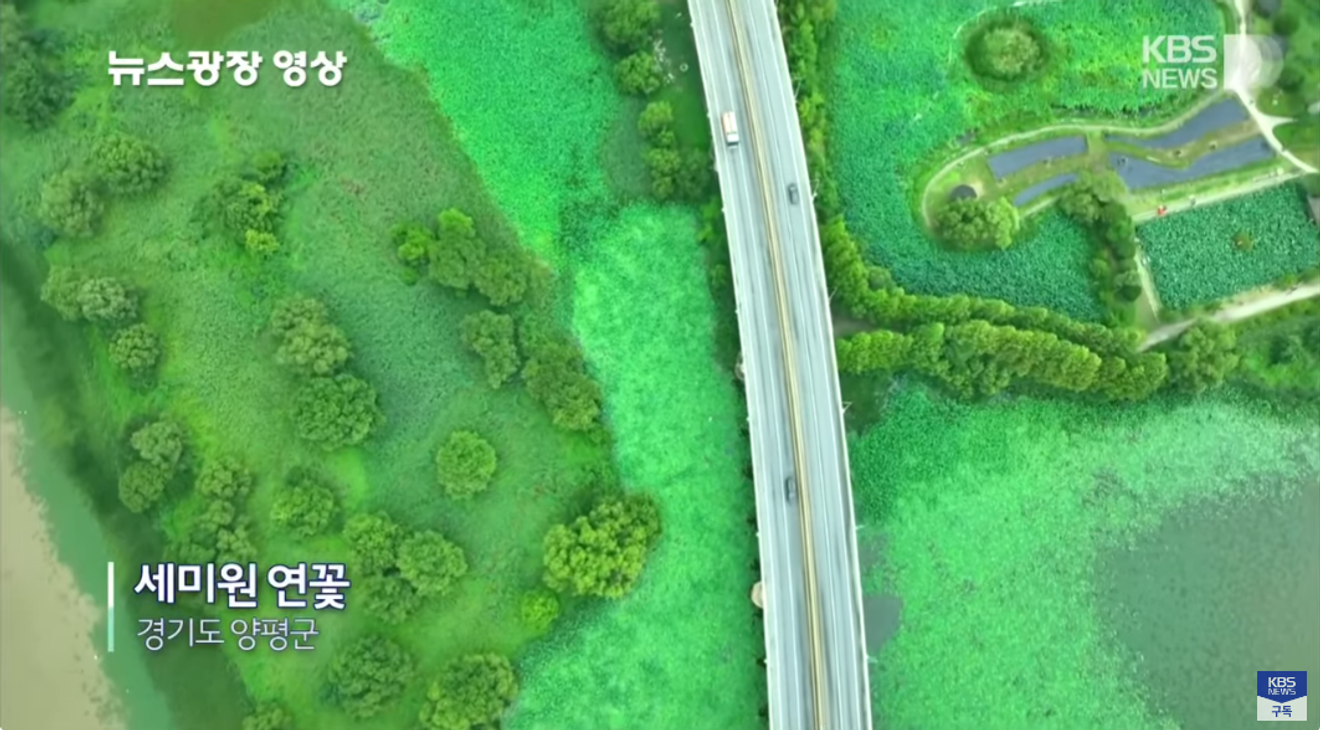
Source: KBS
The 62,000-pyeong garden of Semiwon is primarily planted with lotus flowers, known for their excellent water purification capabilities, contributing to the purification of the Han River water.
Summer, when the lotus flowers are in full bloom, is the most beautiful season, and the garden is decorated with themes for each season, providing attractions throughout the year.
It also aims to be a complex cultural space that combines ecological environmental education, experiential education, and exhibition activities.
(Source: Korea Tourism Organization)
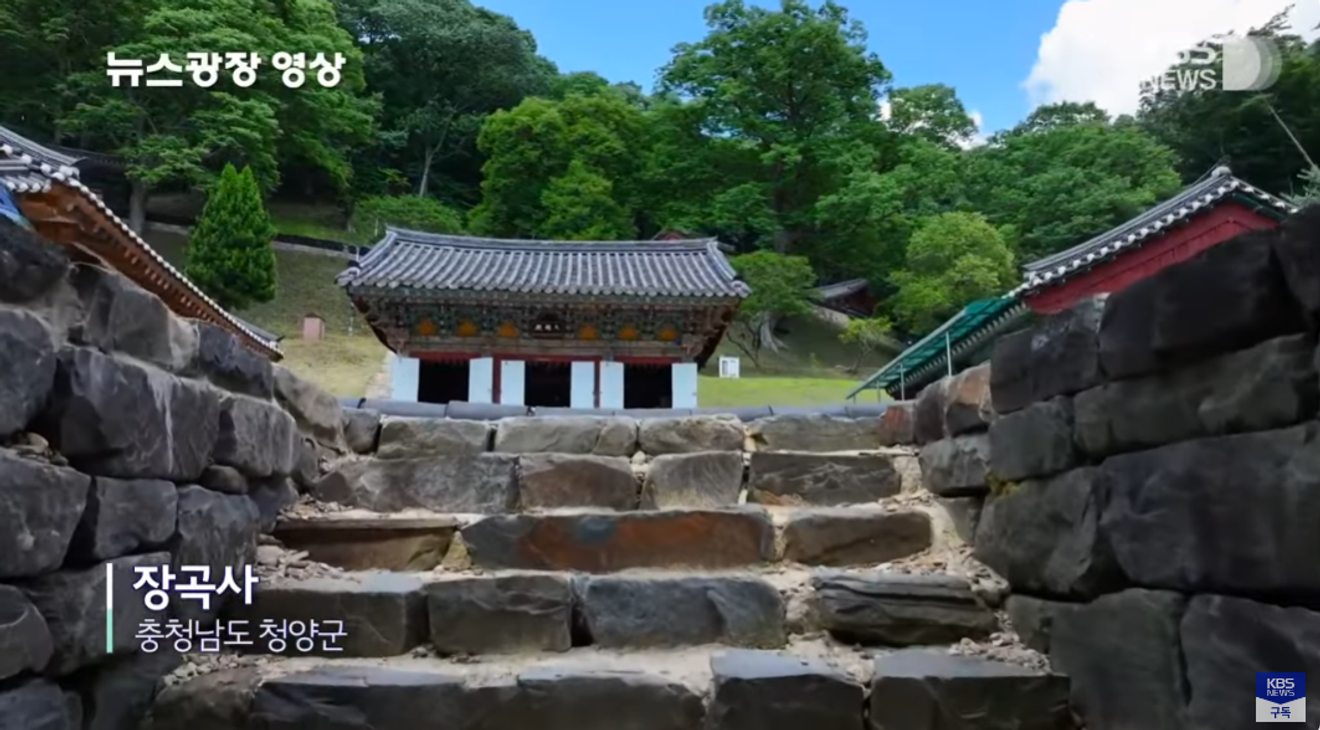
Source: KBS
Located on the Chilgapsan mountain trail, this temple is said to have been first built in 850 (during the reign of King Munseong of Silla) by the Buddhist monk, Boseosa Chejing.
It has undergone numerous renovations over the centuries. The temple has a simple and pure atmosphere.
The Upper and Lower Daeungjeon halls within the temple, which differ in shape and orientation, are particularly noteworthy.
The Upper Daeungjeon hall is located above the Lower Daeungjeon hall, accessible by stairs beside the latter.
The Lower Daeungjeon hall, a designated Treasure, is a multi-layered gable roof structure with three bays in the front and two bays on the sides, housing a gilt bronze Yaksa Buddha seated image (Treasure).
The Upper Daeungjeon hall, also a Treasure, is a three-bay by two-bay building with a gable roof, enshrining an iron Yaksa Buddha seated image (National Treasure).
Janggok Temple possesses two National Treasures and four Treasures, including these.
In particular, the Janggok Temple cherry blossom path, along with its spiral road, is listed among the 100 most beautiful roads in Korea.
The cherry tree branches form a tunnel along the path, creating a magical atmosphere during the spring when the cherry blossoms are in full bloom.
(Source: Korea Tourism Organization)
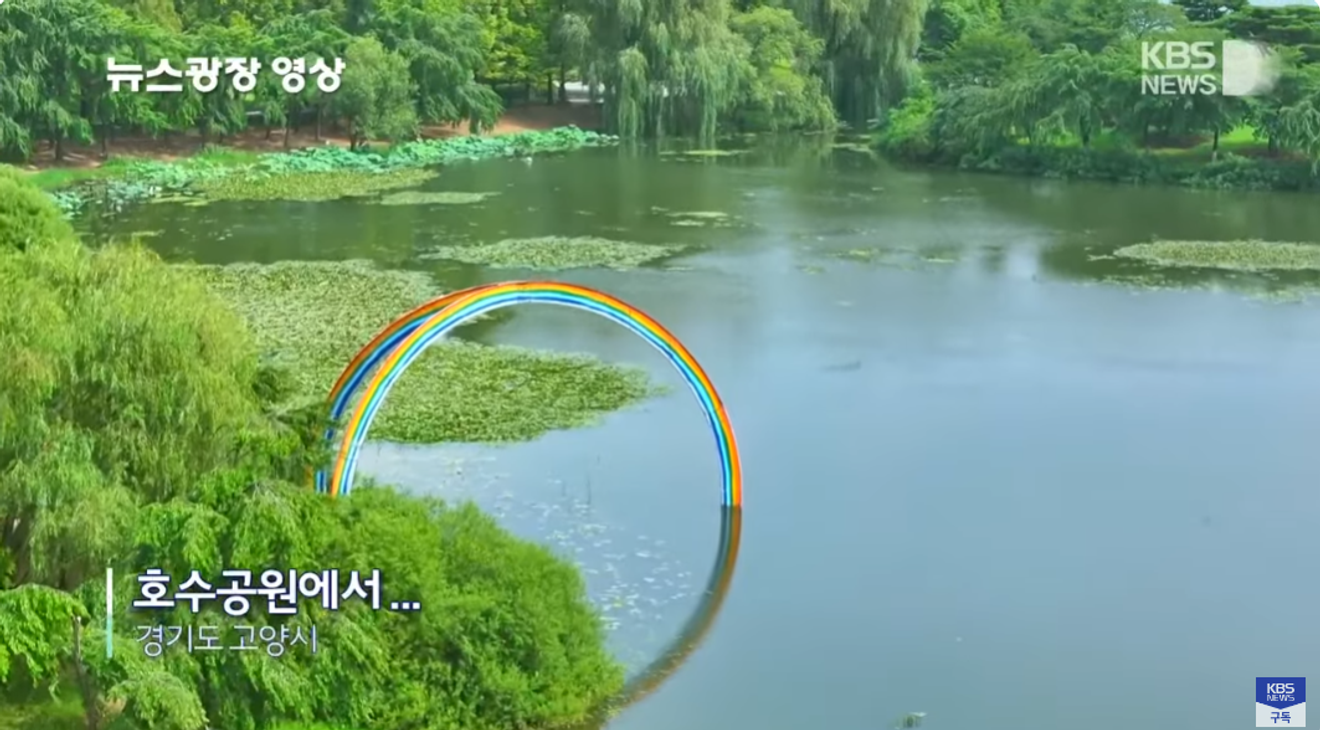
Source: KBS
This is the largest man-made lake park in East Asia, covering an area of 300,000 pyeong.
To maintain the cleanliness of the 90,000-pyeong freshwater lake, clear water is drawn from the upper reaches of the Jamsil submerged weir, which is a source of drinking water, after undergoing chemical precipitation and is then discharged (released) into the lake.
The park features a waterfront plaza, artificial islands, a 4.7 km cycling path that circles the park, a children's playground, a nature learning center,
and a lush forest with over 200,000 trees and 100 different species of wildflowers, including the endangered red-crowned crane (Danjanghak).
The park's musical fountain is also a popular attraction, and it is a popular leisure spot in the metropolitan area, as well as a learning center for schools to study nature.
It is famous as the venue for the Goyang Flower Show and exhibitions held every spring and autumn.
(Source: Korea Tourism Organization)
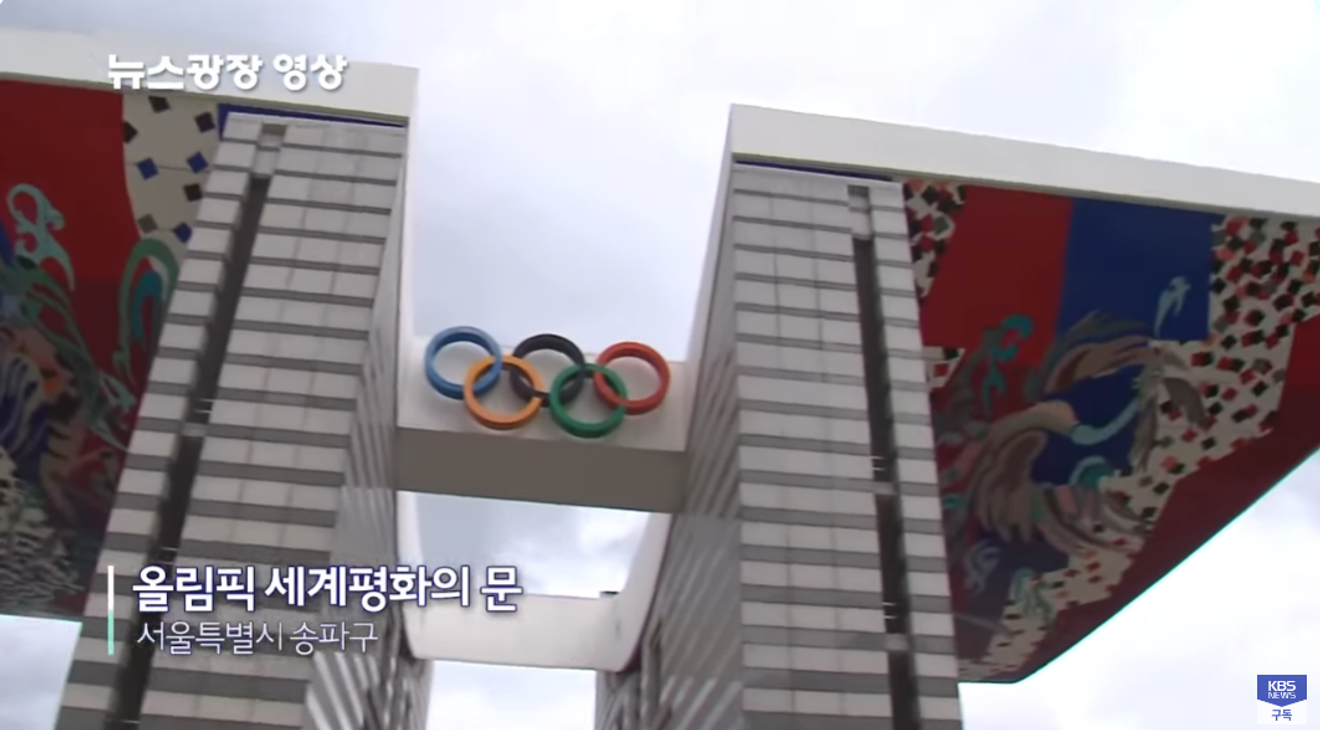
Source: KBS
Featured ahead of the Paris Olympics, which will be held on July 24, 2024, is the World Peace Gate, commemorating the 1988 Seoul Olympics.
Designed by renowned Korean architect Kim Chung-up, this symbolic structure is made of reinforced concrete and stands 24.111 meters tall with a roof that is 62.111 meters long and 37 meters wide. It was completed on September 12, 1988.
It is the main symbolic structure and entrance of Olympic Park, and is considered one of the nine scenic spots in Olympic Park.
Its English name is ‘World Peace Gate’.
It was inspired by the image of a dove, a symbol of peace, with its wings spread, and features the Olympic emblem in front.
On the ceiling of the wing portion, there is a painting of the Four Guardian Gods by Western painter Baek Geum-nam (Professor at Sungkyunkwan University).
Surrounding the Peace Gate are sculptures by sculptor Lee Seung-taek, called ‘Yeolju-tal’.
These sculptures are a modern reinterpretation of traditional Korean masks, placed on top of about 60 pillars.
Comments0